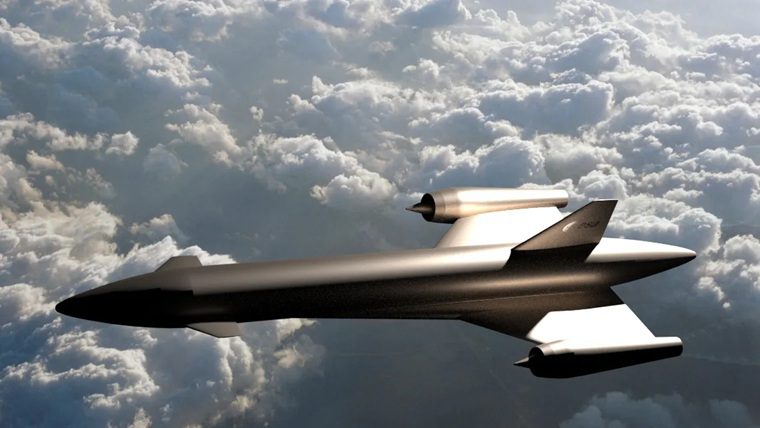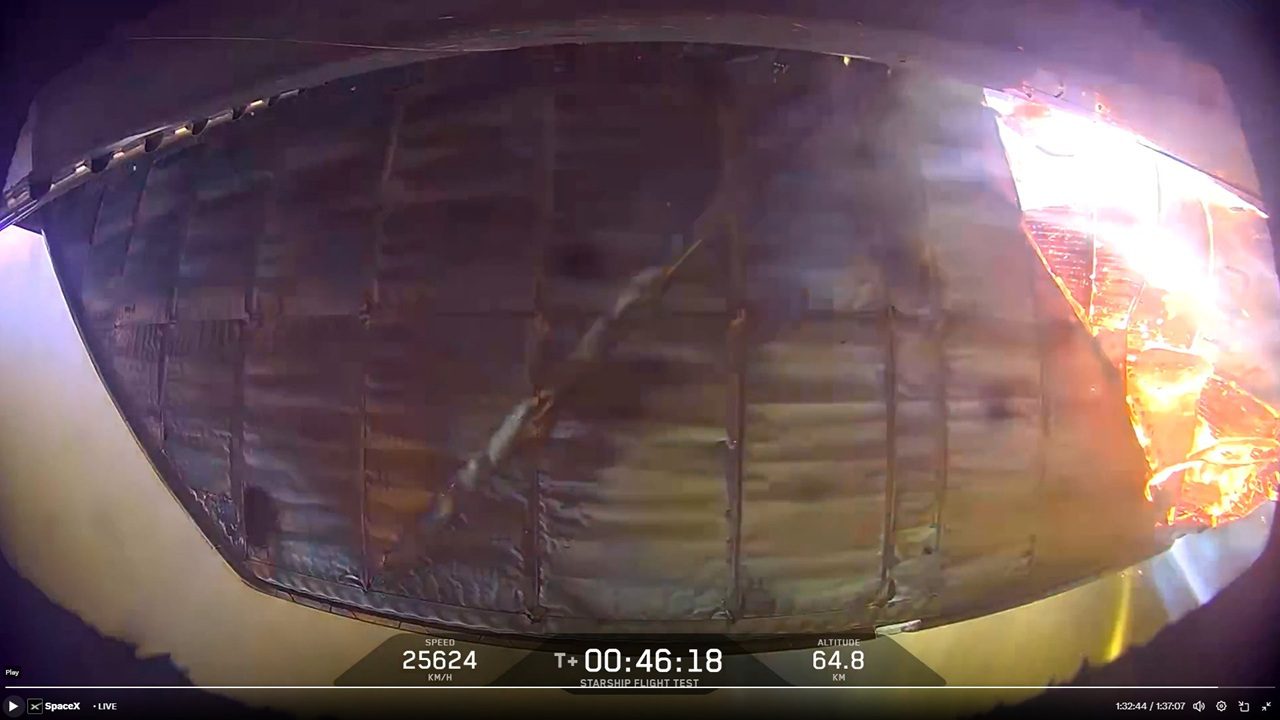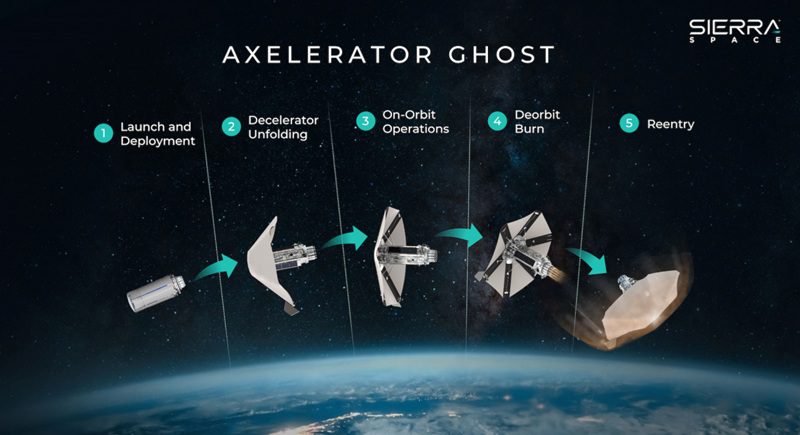While the space tourism firm, Virgin Galactic, has conceded that US security regulations preclude it accepting bookings from high paying Chinese would-be space tourists, the firm does seem set on finally flying into space later this year. Nevertheless, many still have doubts about the programme and have criticised the over-optimism that the firm initially showed in respect of its timeline (initial tourism flights were originally planned for 2007) and over its technical choices. Most vehement of the critics is the author Tom Bowyer, who, in his book “Branson: Behind the Mask” – a critique of Sir Richard Branson’s career, which is currently being serialised in the British newspaper, The Sunday Times and on its paid-for website, http://www.thesundaytimes.co.uk/sto/news/uk_news/People/article1368014.ece?CMP=OTH-gnws-standard-2014_01_25 notes the problems that Virgin Galactic has had with its solid rubber fuel/nitrous oxide (N2O oxidiser powered hybrid rocket engine including one fatal explosive accident and one other failure
Bower points out that while SpaceShipTwo (a scaled up version of the SpaceShipOne and its rocket engine which won the Ansari X-Prize) has reached supersonic speeds on air launched test flights performed in 2013, the rocket ship has yet to achieve the Mach 3 performance it needs to reach 100km altitude, regarded by most as where “space” begins. Worse, it may never be able to do so safely, given it may not have the right engine.
There have long been doubts about the choice of engine technology and independent rocket experts have cautioned (to this writer) that nitrous oxide has thermal stability issues. This seemed to be born out when disaster struck on 26 July 2007 at the Scaled Composites (the firm led by Burt Rutan that originally designed SpaceShipOne) rocket test site in the Mojave desert in California after a propellant tank exploded killed three people.
The failure was initially blamed poor safety procedures but Bower notes that the actual cause of the explosion was that the tank liner had dissolved and contaminated the nitrous oxide. And the problems appear to be continuing. Bower reports that a second rocket engine explosion occurred in May 2013 – albeit this time without casualties and there remain doubts whether the engine can provide the necessary thrust for long enough with safety. Bower notes that even Virgin Galactic was, at one time, considering changing to using a conventional bi-propellant engine but so delayed is the programme that it felt that it was too late to change systems.
UPDATE 5 February 2014: In a riposte to the book’s claims published in Space News, CEO of Virgin Galactic, George Whitesides, who reports to Sir Richard Branson, notes that the SpaceShipTwo’s engines have made full duration firings on the ground and that the programme remains on schedule. Whitesides also notes that while other rocket engines have been considered, this was to do with considering alternative propellant combinations in another hybrid rocket engine, that moving to a new cycle.







